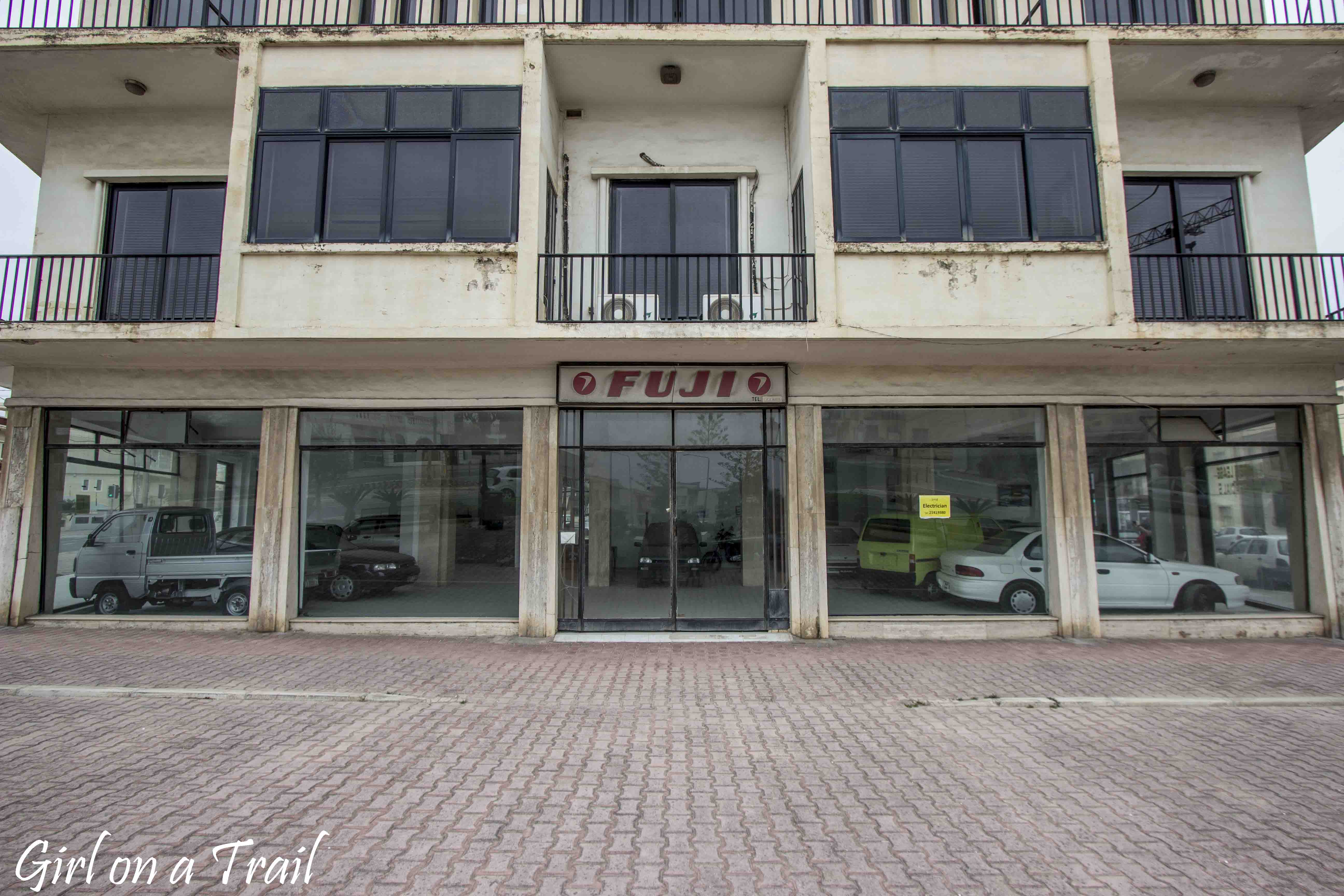
Malta – The Fortress Island, Girl on the urbex trail!
Malta is called the “Fortress Island.” At first glance, it’s evident that the island’s architecture has a defensive character. High fortifications, citadels, and forts are reminiscent of the times of the Knights of Malta as well as the British era. Throughout its history, Malta was under the rule of the Phoenicians, Carthaginians, Romans, Arabs, Normans, Aragonese, Crusaders, French, and British. Finally, it became an independent country only in 1964. Today, we can see numerous traces from the times of the Knights of Malta, as well as from the period of World War II.

The Knights of Malta gained control over Malta in 1530 from Charles V of Spain. From that time, for the next 275 years, the island was under their rules. Many fortifications from this period were built to protect Malta from the Ottoman Empire. In 1565, they fulfilled their purpose, as Turkish forces unsuccessfully tried to capture the island for over three months. Many of these impressive fortifications can be admired today. Indeed, Valetta, seen from the sea, truly looks like a fortress city.
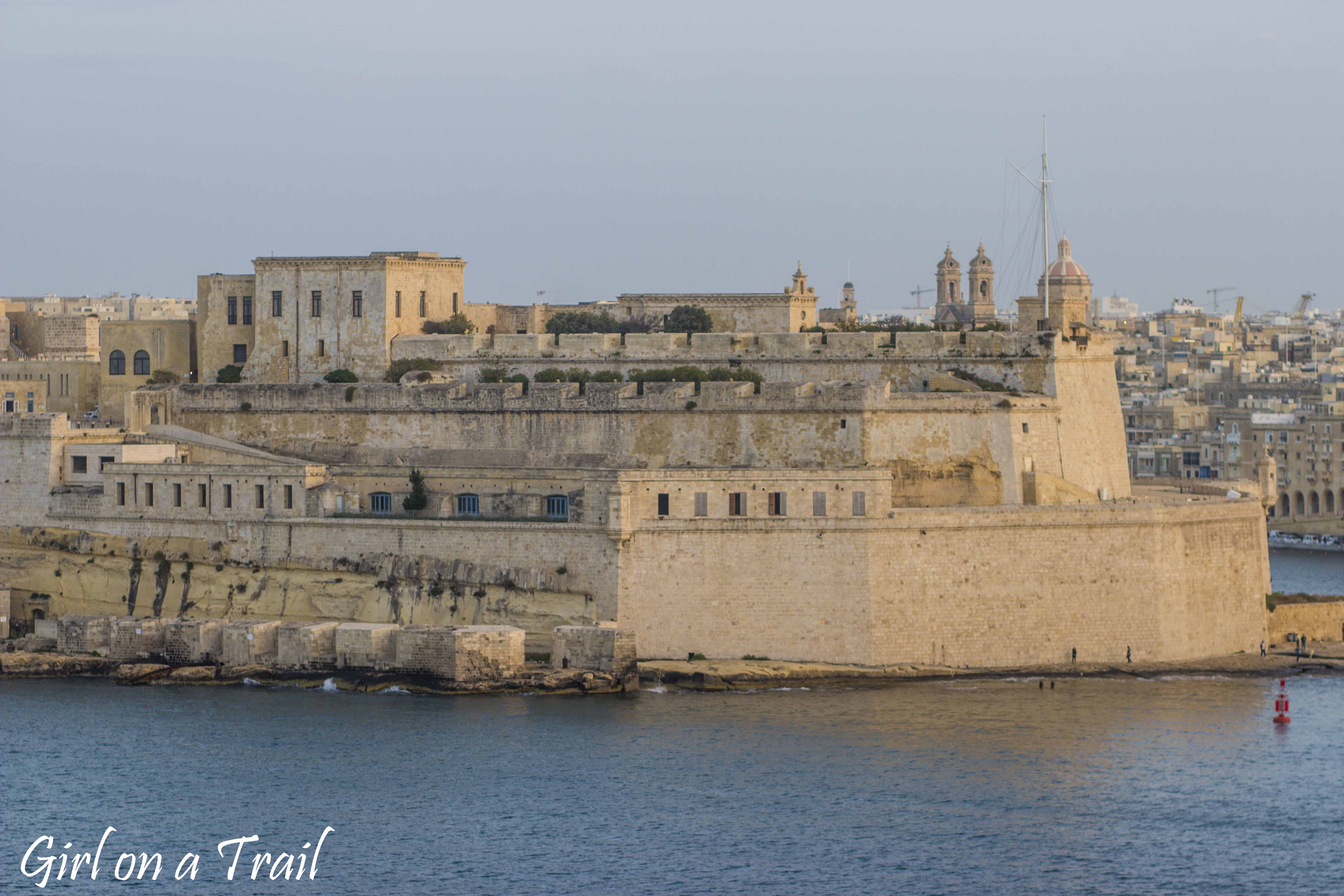
During World War II, Malta was one of the most bombed countries in Europe. Due to its strategic location near Sicily, it was the target of continuous attacks by the Germans and Italians. Meanwhile, the British used the island to launch attacks on the Italian navy. In 1943, the Allies began their invasion of Sicily from Malta. This invasion was coordinated from the Lascaris War Rooms in Valetta. There was also a listening post here that intercepted German radio communications.
Due to the numerous bomb attacks, Malta has many air-raid shelters. Some of the most interesting ones can be found in Mellieħa, Mosta, and Victoria on the island of Gozo.

An interesting site is the fortification system built by the British in the late 19th century, known as the Victoria Lines. These fortifications were intended to protect the northern part of the island from potential attacks, but they were reportedly never used. The Victoria Lines stretch for 12 kilometers and are open for exploration. Some parts of the trail have been destroyed, so it’s best to visit the section known as the Dwejra Lines.

This is the best-preserved section of the Victoria Lines. Moreover, the Dwejra Lines are also referred to as the Great Wall of Malta, and from a distance, this structure looks very impressive. The Dwejra Lines are located right next to the Our Lady of Hodegetria Chapel.
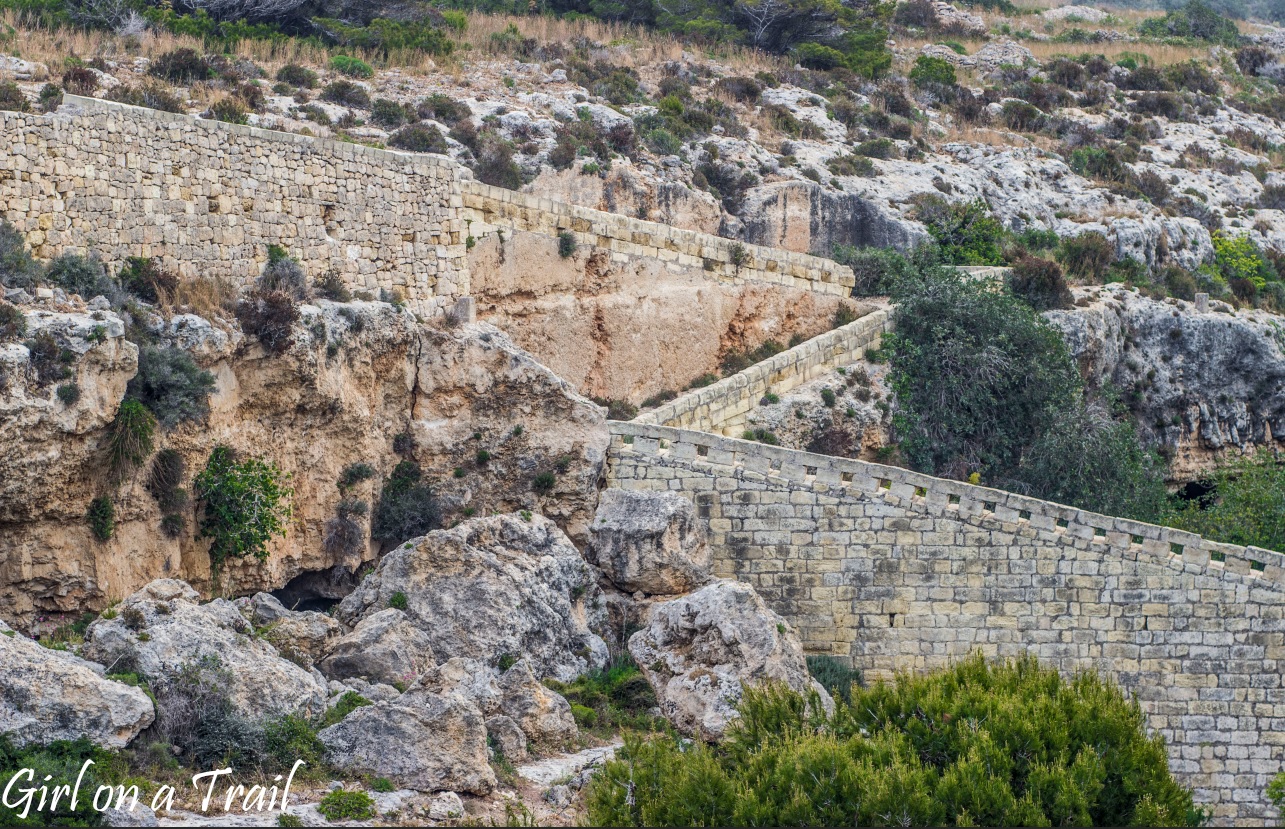
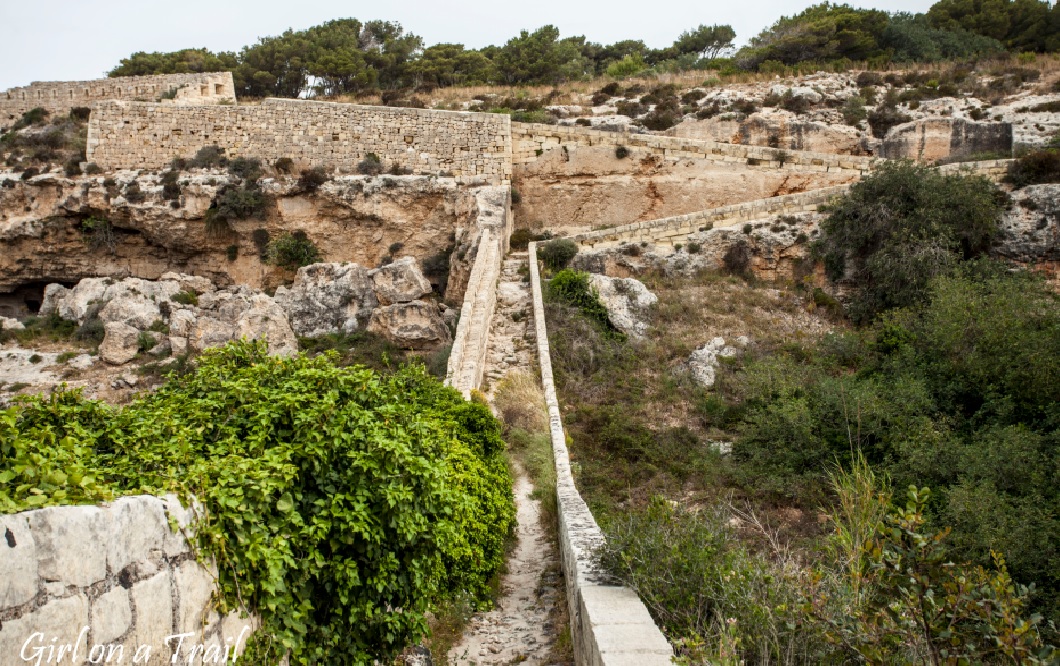
Adjacent to the Victoria Lines is an old apiary, which adds to the attractions. Although the origin of the word “Malta” is not fully proven, it’s suspected to derive from the Greek word “Melite,” meaning honey-sweet. Malta was renowned for its unique honey produced by a distinct species of bees found only on the island.
Some argue that some of these apiaries may date back to the times of Carthage and ancient Rome. It’s possible that these apiaries served different purposes in later periods. Carved into limestone rocks, they could have been used as catacombs or shelters during World War II.
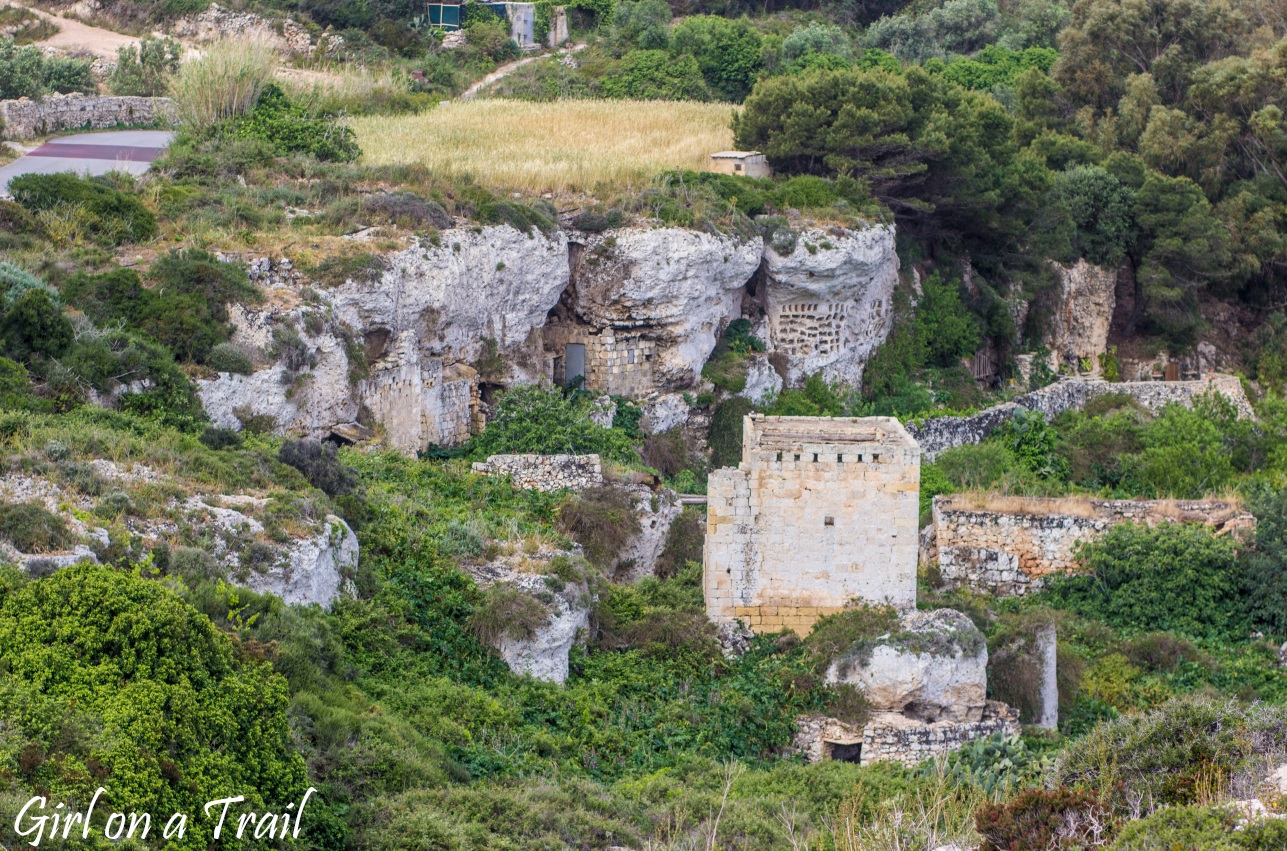
Another interesting structure built by the British before World War II is Fort Campbell, also known as Fortizza ta’ Selmun. The fort is located north of the Victoria Lines and was intended to protect Mellieħa Bay and St. Paul’s Bay.
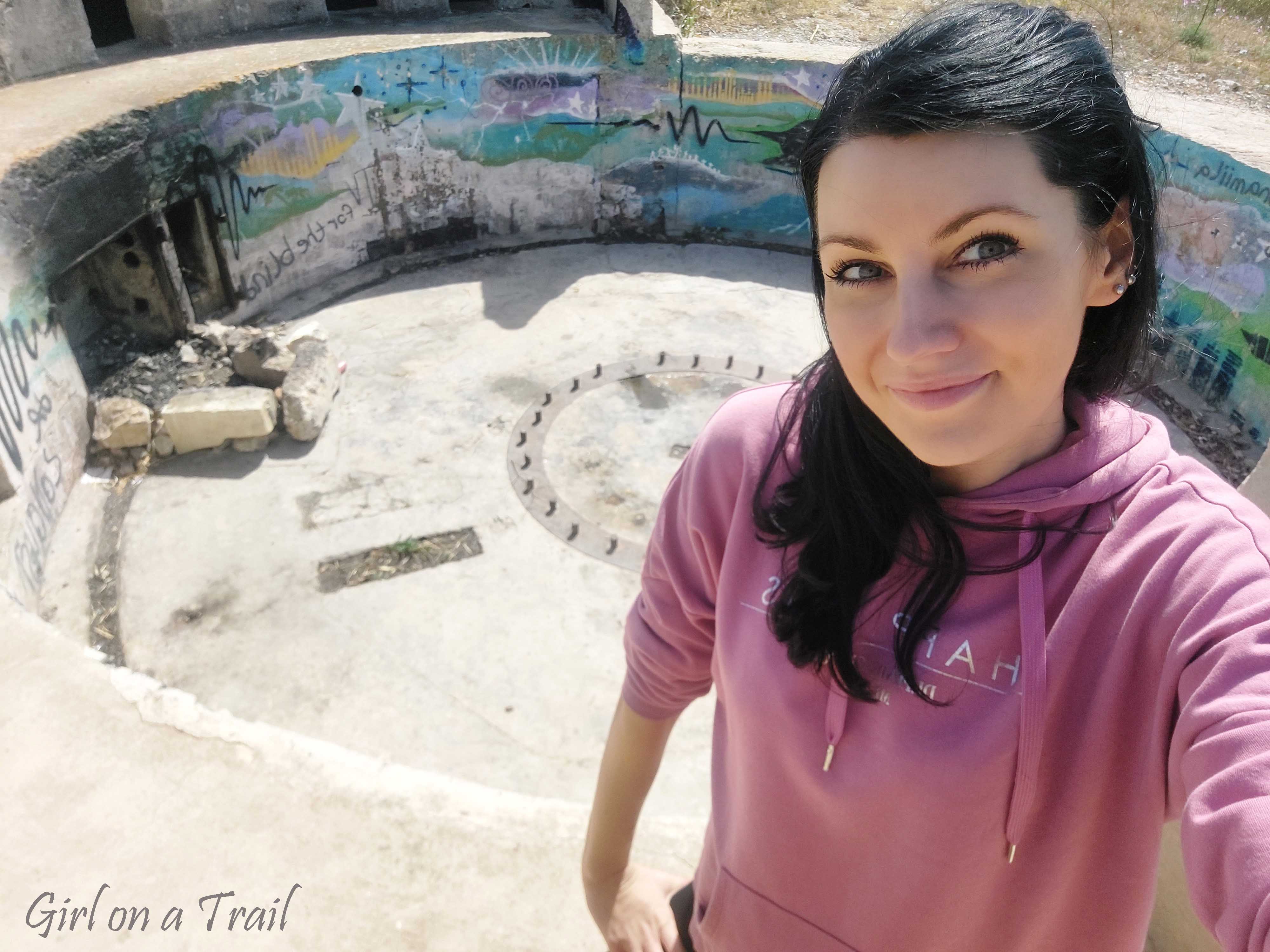

On the island of Malta, you can observe many pillbox bunkers scattered along the coastline. Each of these bunkers was equipped with firing positions and had an observation tower on top. Inside, they could accommodate about six soldiers.

Some of them are located in very picturesque settings, such as the one near the town of Marsaskala.
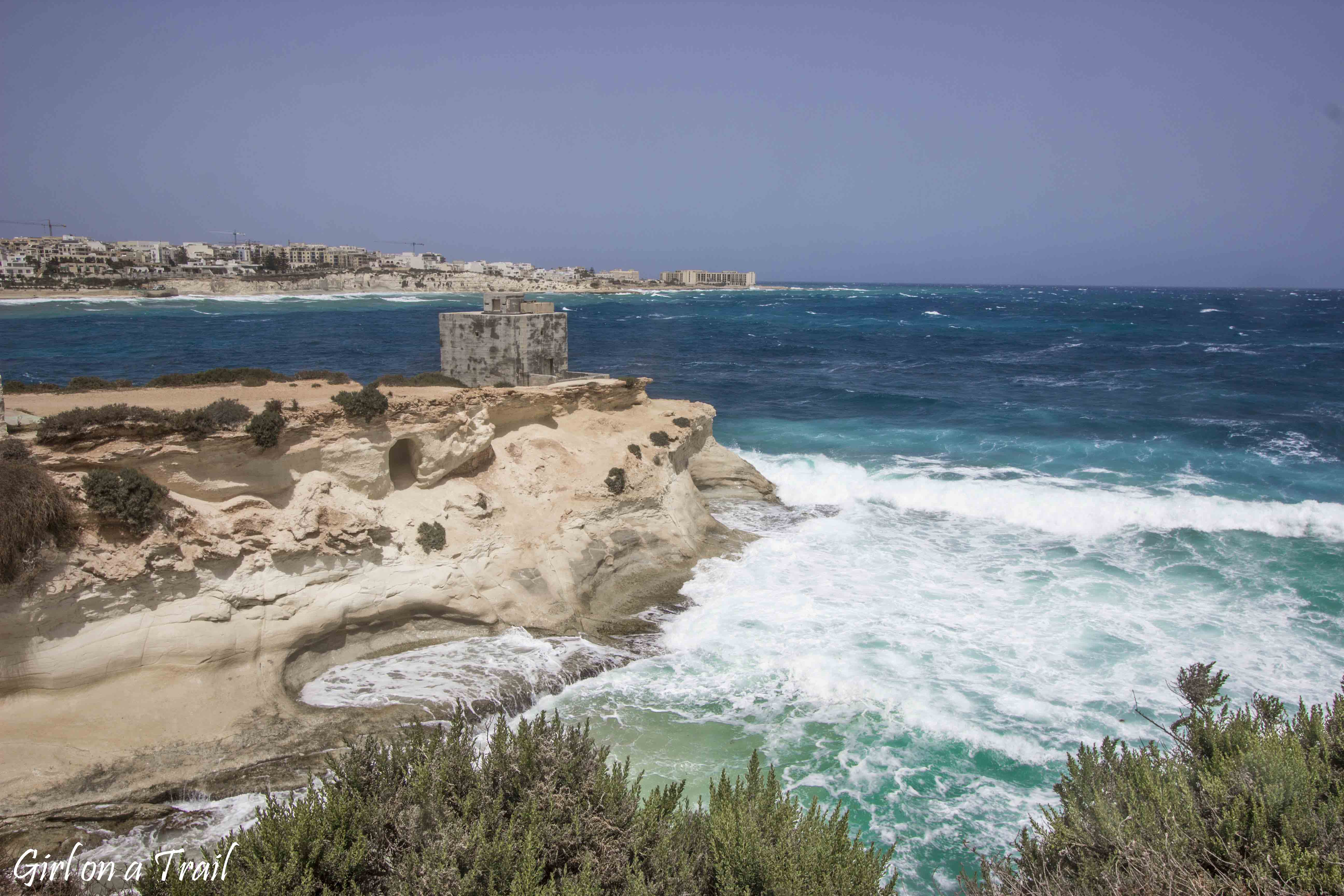
Next to it is the Riħama Battery. It was built by the Knights of Malta between 1714 and 1716. It formed part of a series of coastal fortifications around Malta’s shores and served to defend St. Thomas Bay. Today, a fairly large building stands on the site, which was once among the largest constructions of its kind in Malta. Inside, visitors can explore three rooms – the central one being the largest with an interesting arched ceiling, while the other two were smaller and supposedly used as storage for food and weapons. The battery saw action only once during Napoleon’s invasion of Malta in 1798. It ceased to be used in the 1820s and unfortunately has since fallen into ruin.
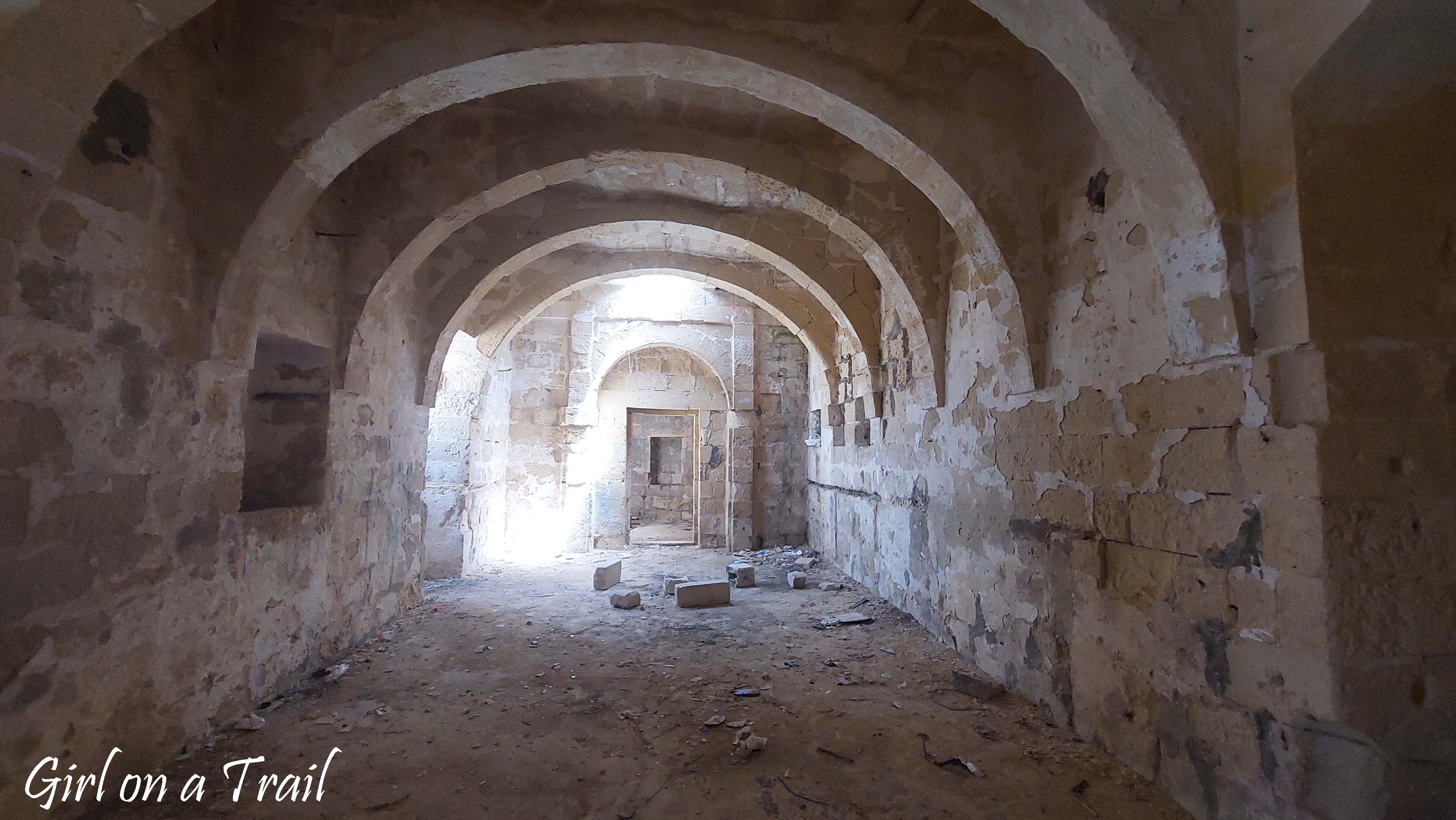
However, abandoned places in Malta are not limited solely to military facilities. Malta is a popular holiday destination, but not all hotels are open to tourists. Some of them may not offer a luxurious stay, but they certainly provide a bit of adventure.


One such place is the Jerma Hotel near Marsascala. It used to be a luxurious four-star resort built by the Libyan State Company Lafico. Due to this association, one of the hotel’s distinguished guests was Muammar Gaddafi, who had a presidential suite there. The Libyan dictator, Muammar Gaddafi, once maintained good relations with Maltese Prime Minister Dom Mintoff. The hotel ceased operations in 2007, but the exact reasons for its closure remain unclear.
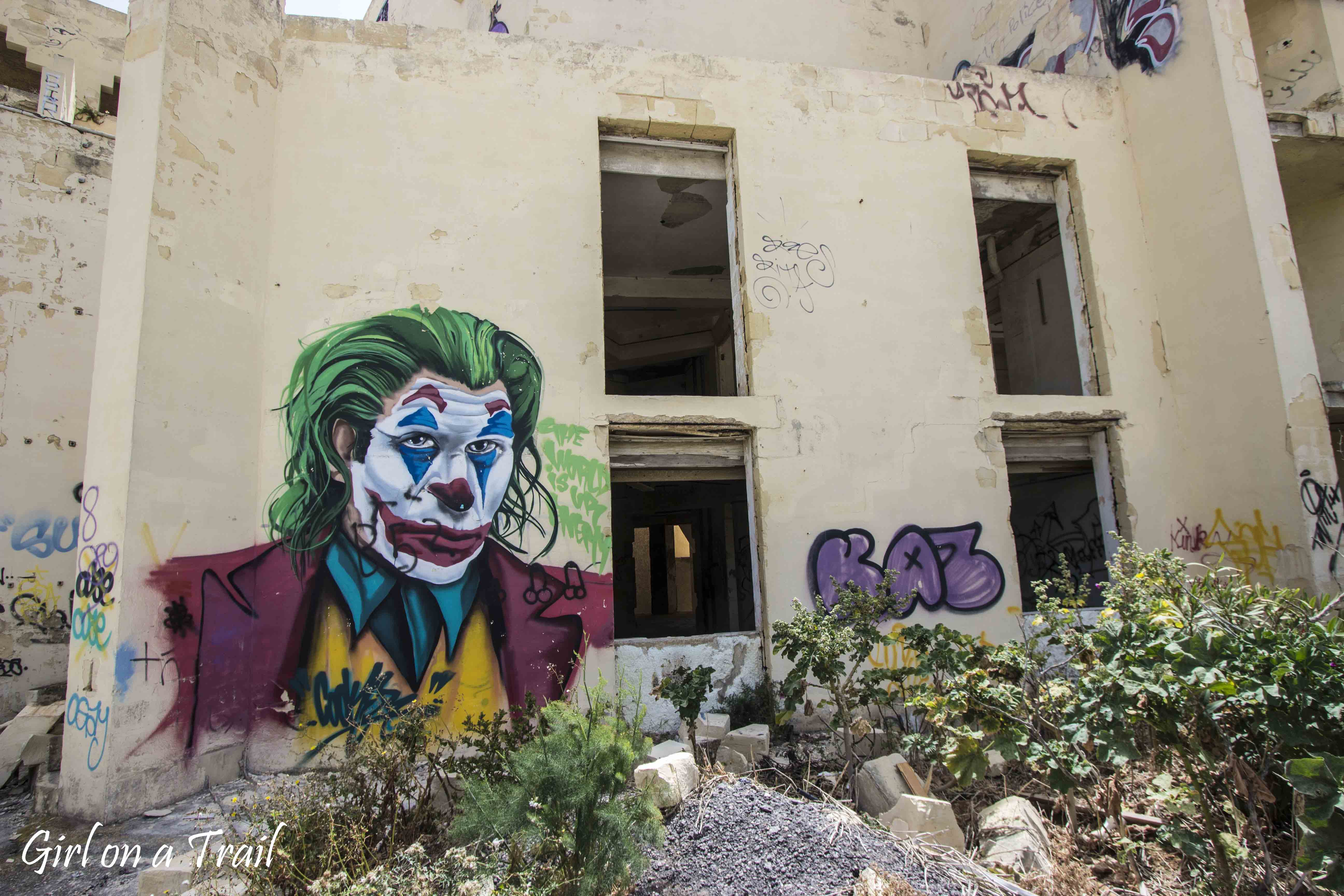
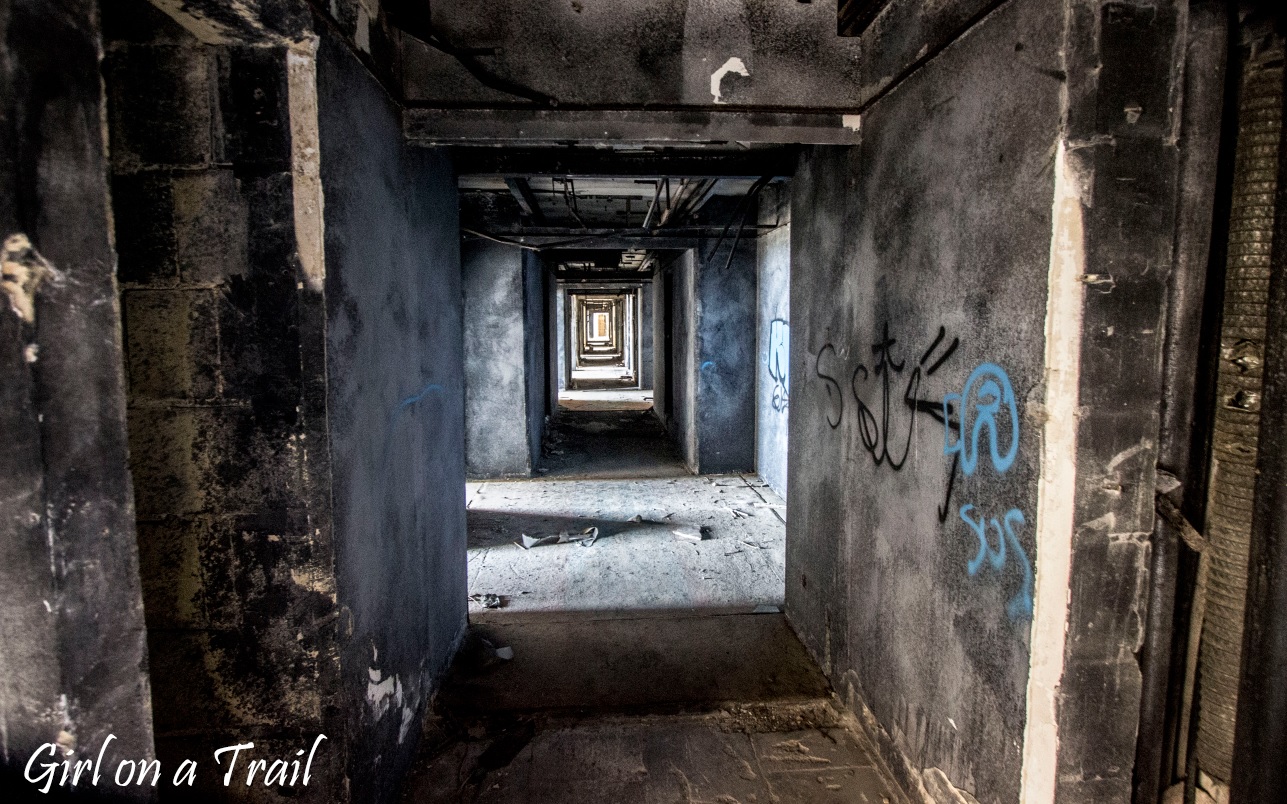
Near Mellieħa, there’s an abandoned tourist village called the Festaval Hotel, often mistakenly referred to as Festiwal. The facility was built in 1980 and operated for only about 12 years. Judging by its architecture, the hotel must have been exclusive.
The apartments are spacious, and the view from the terraces overlooking Mellieħa Bay is stunning. Guests also had access to two pools. In 2018, there were plans to demolish it and build twelve luxury apartments with pools and a spa, but this project was never realized.

On the island of Gozo, near Ramla Bay, there’s another abandoned resort complex called Ulysses Lodge. While the building itself may no longer be impressive, it offers an incredible view of one of the most beautiful beaches on Gozo.
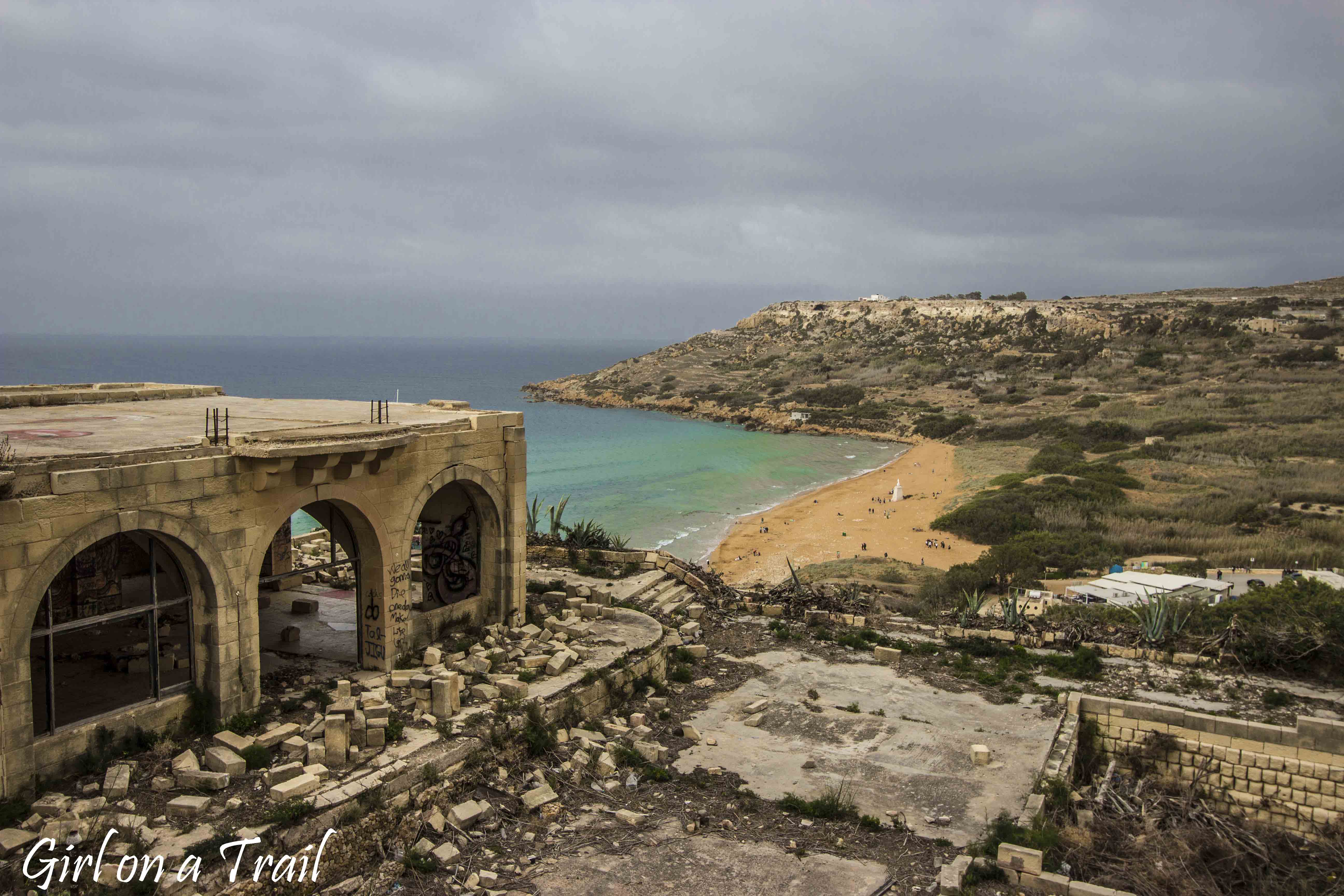
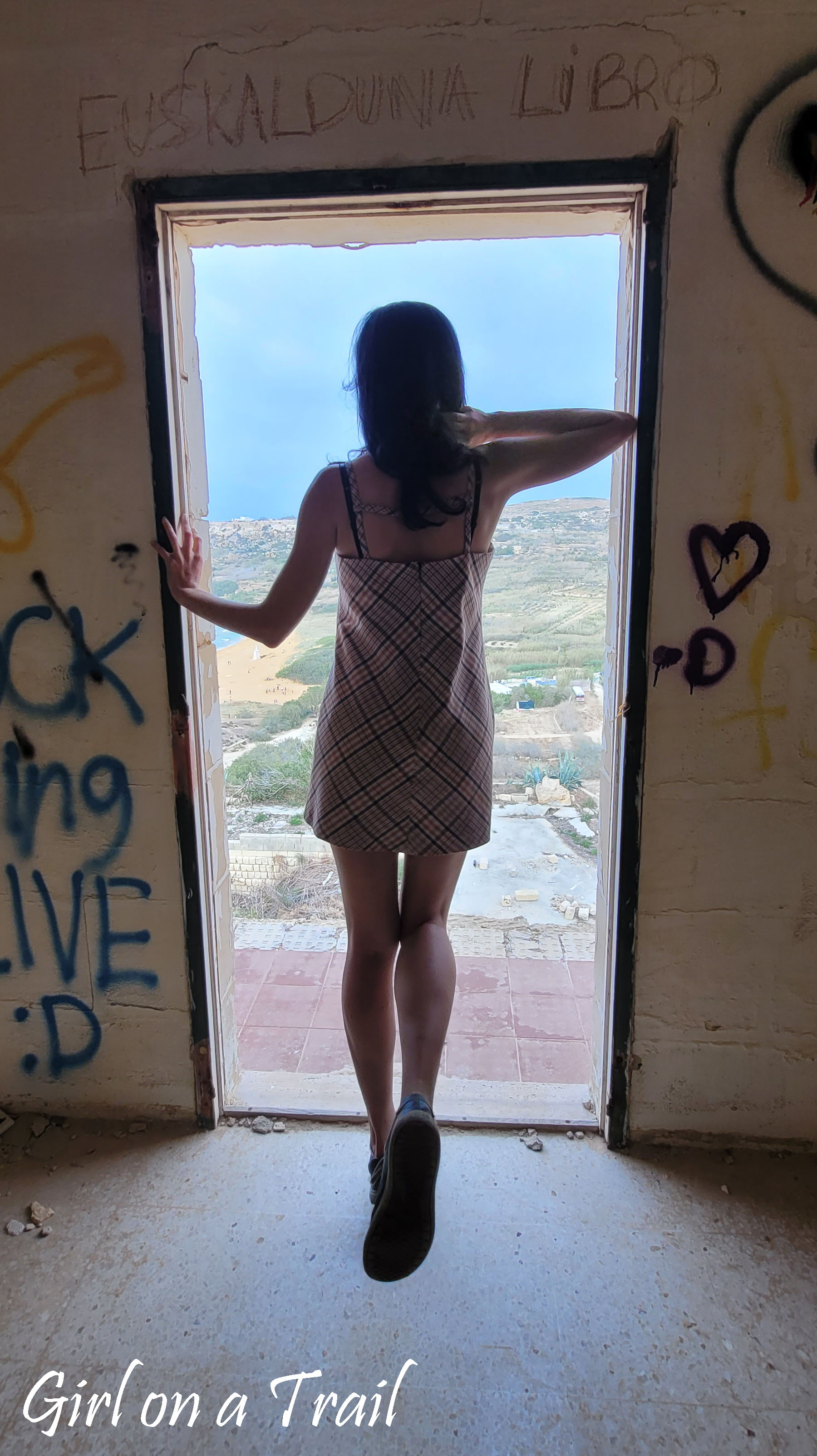

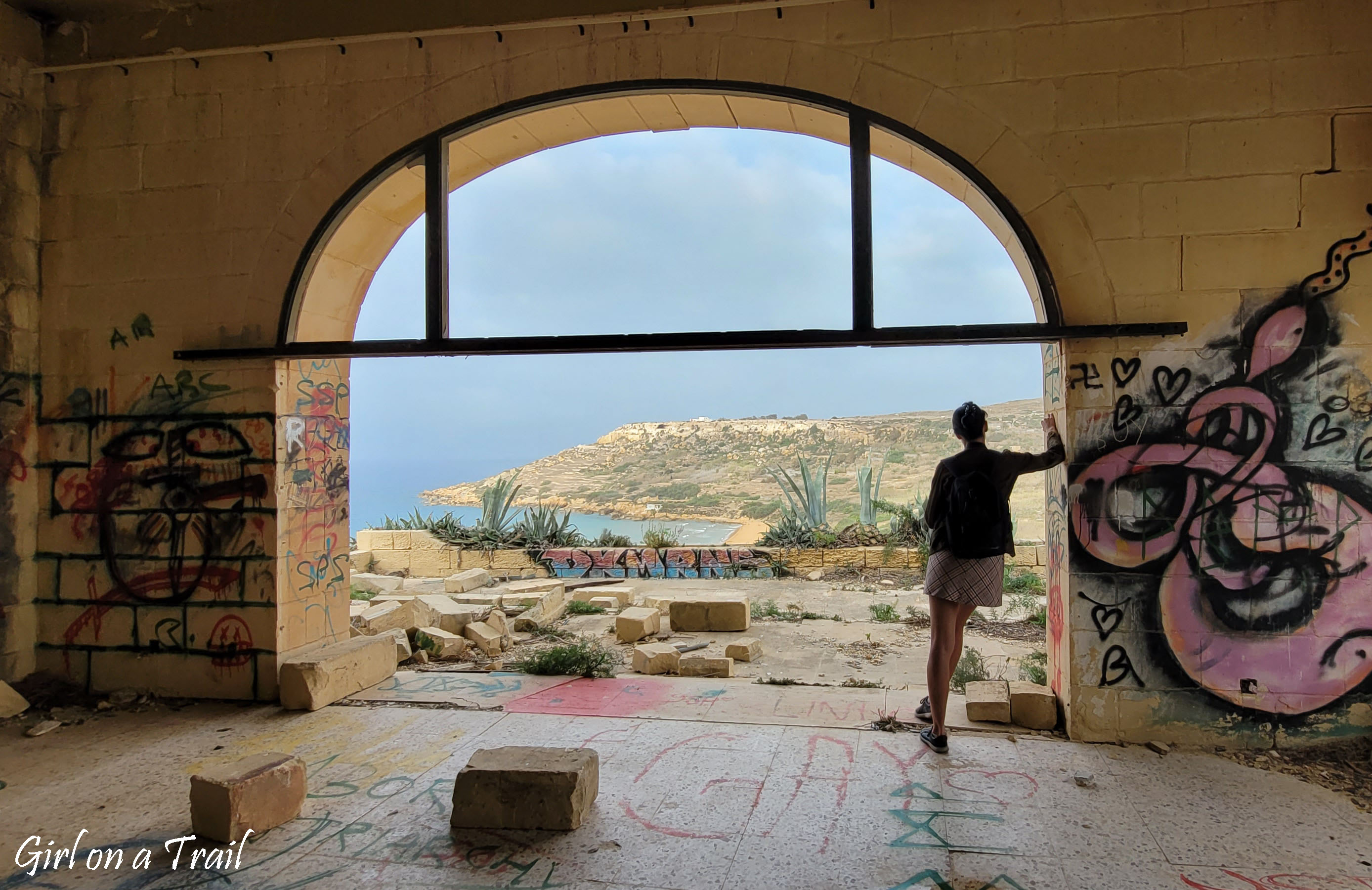
In the northern part of Gozo, there’s another interesting site, the Qolla l-Bajda Battery. This battery was built by the Knights of Malta between 1715 and 1716 as part of the coastal fortifications. It is also the northernmost structure of its kind. Currently, the site is in a state of disrepair, and one can hardly find any trace of its former architecture. The interior of the building looks as though it once served as a bar or nightclub before its closure. An additional attraction in the area is the salt pans, about which I wrote here.

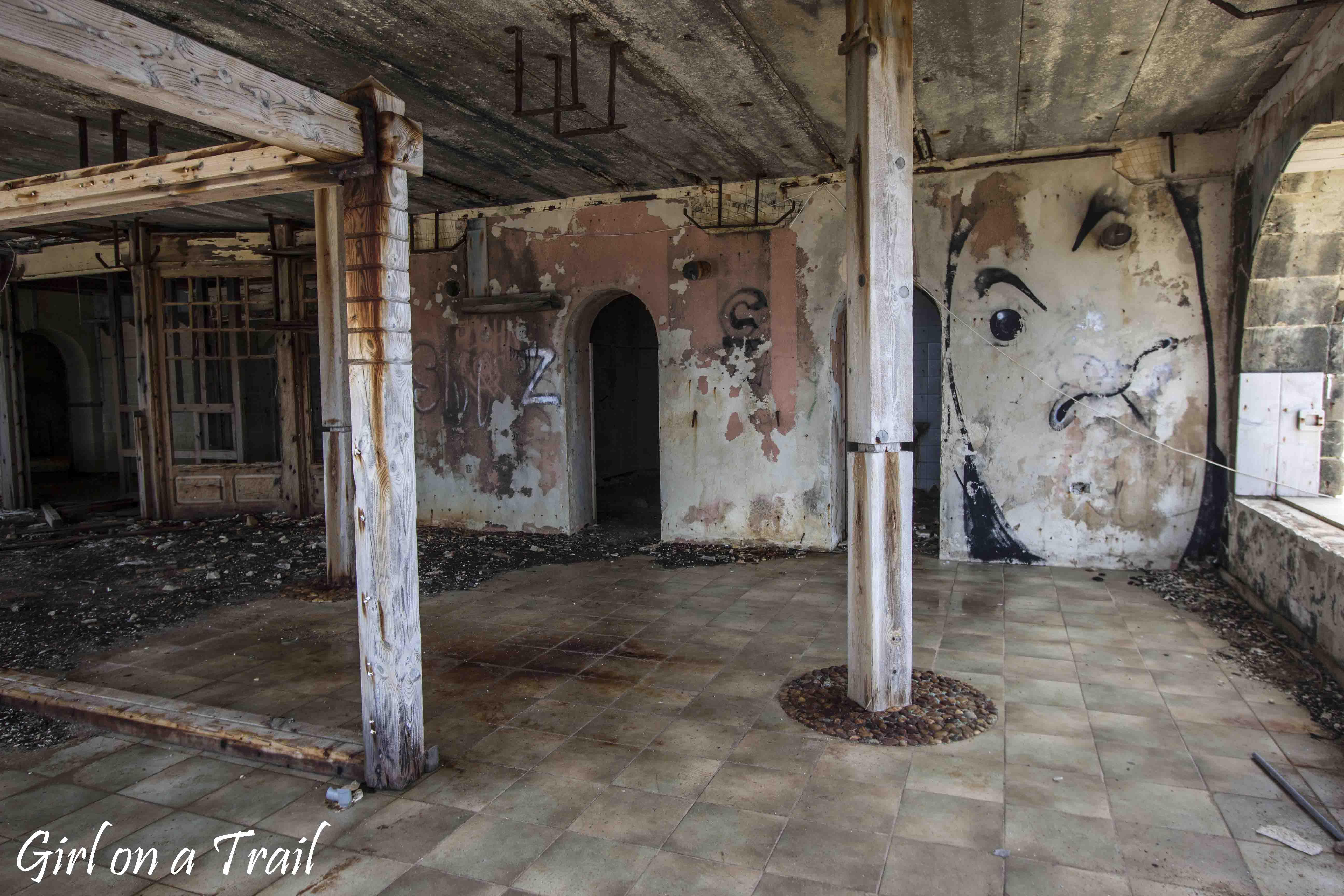
Near St. Julian’s, there’s an abandoned settlement known as White Rocks. It was built in 1960 for British soldiers stationed on the island. After the British forces left Malta, the settlement was converted into a holiday complex. On a vast area located right on the coast, you can see many buildings adorned with interesting murals.
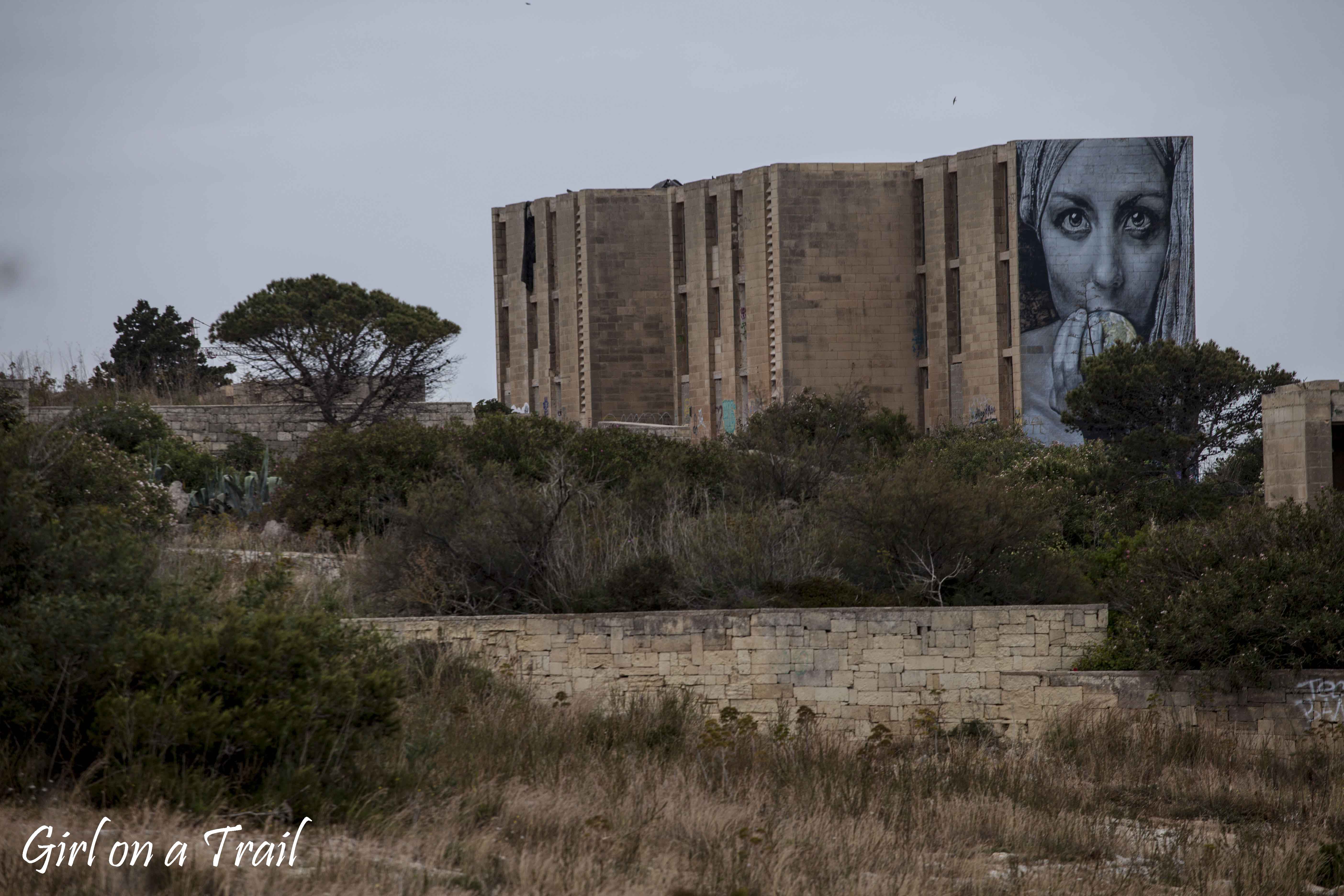
In the end, a real gem: an abandoned Subaru showroom, closed in the late 90s. Inside, you can see many vintage cars. They look like new; if you just pumped up the tires and charged the battery, I think you could go for a ride. The Fuji logo adds to the atmosphere of the place. Furthermore, the showroom is located in the center of the tourist town of Mosta.
